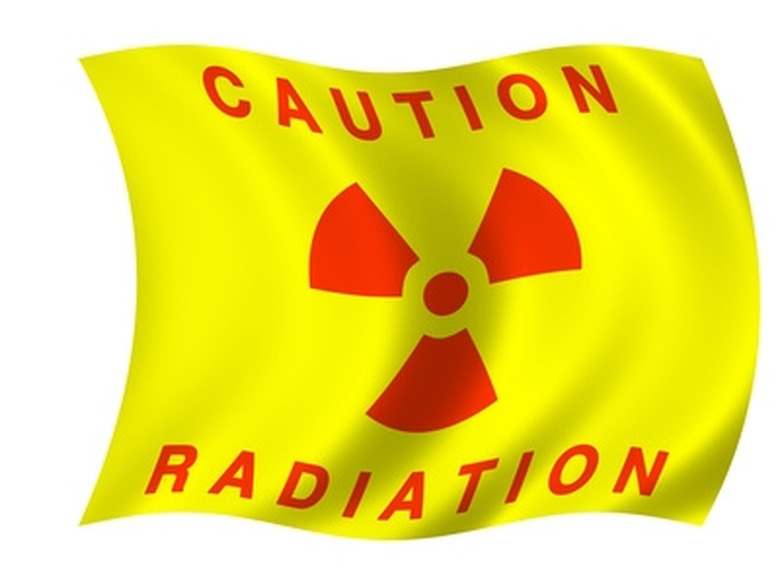The Effects Of Background Radiation
Humans encounter background radiation every day. Most of the radiation people get exposed to does not occur in high enough concentrations to cause any ill effects. If the background radiation rises above acceptable levels, the affected area experiences higher incidents of certain diseases. Certain building materials expose the residents to higher levels of background radiation than others.
Effects of Radiation
Effects of Radiation
Radiation can damage or kill cells. Radiation also causes mutations to a person's genetic code. The repair systems of the human body repair most of the cellular damage. The body replaces dead cells killed by radiation exposure through the same biological processes that it uses to replace other cells. Exposure to high levels of radiation causes a condition known as radiation sickness.
Safe Levels of Exposure
Safe Levels of Exposure
The Nuclear Regulatory Commission does not let its licensees expose the public to more than 100 millirems of background radiation. Humans suffer few ill effects when the background radiation remains within these levels.
Building Materials and Background Radiation
Building Materials and Background Radiation
Buildings made from brick and stone give off more background radiation than buildings made from wood. The granite of the United States Capitol building gives off higher levels of background radiation than homes made of brick or stone, according to the Nuclear Regulatory Commission website.
Ionizing Radiation
Ionizing Radiation
Ionizing radiation causes many forms of cancer. This type of radiation causes leukemia and cancers of the breast, bladder, lung, esophagus, stomach, multiple myeloma and ovarian cancers. A link may also exist between ionizing radiation and cancers of the pancreas, sinuses and larynx. People respond differently to the same levels of radiation. Even exposure to safe levels of radiation may increase a person's risk of developing cancer.
Maximum Work Environment Exposure
Maximum Work Environment Exposure
The Nuclear Regulatory Commission set the maximum exposure in a work environment at 5,000 millirems per year. Firefighters who battled the blaze after the nuclear disaster at Chernobyl received up to 80,000 millirems. Twenty-eight firefighters died within three days after the disaster due to acute radiation syndrome.
Cite This Article
MLA
Contributor, . "The Effects Of Background Radiation" sciencing.com, https://www.sciencing.com/effects-background-radiation-5257125/. 24 April 2017.
APA
Contributor, . (2017, April 24). The Effects Of Background Radiation. sciencing.com. Retrieved from https://www.sciencing.com/effects-background-radiation-5257125/
Chicago
Contributor, . The Effects Of Background Radiation last modified March 24, 2022. https://www.sciencing.com/effects-background-radiation-5257125/
